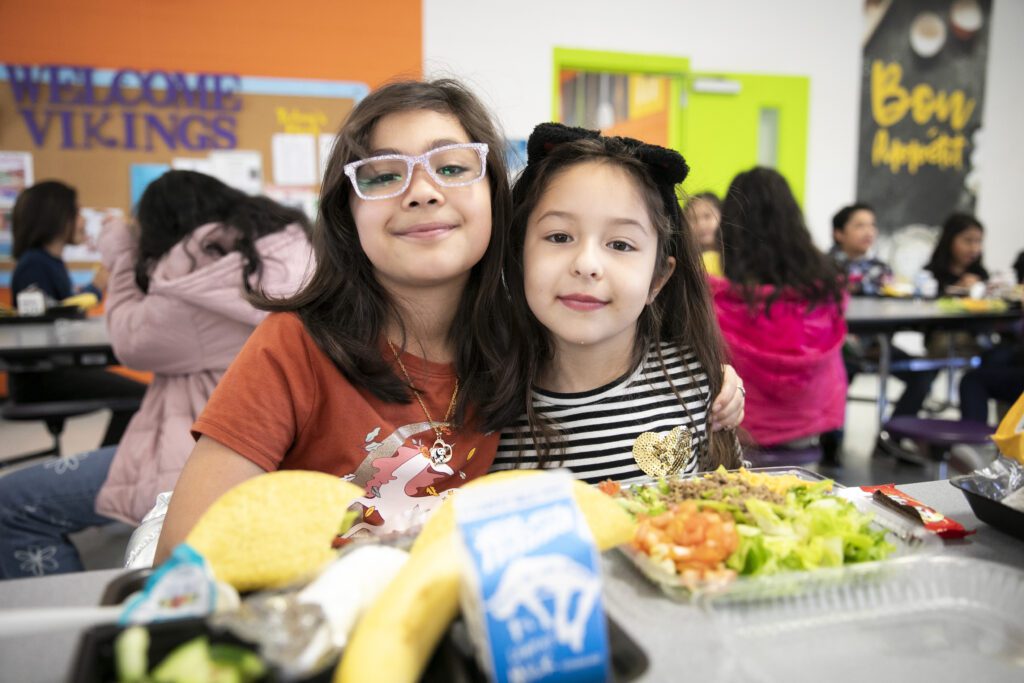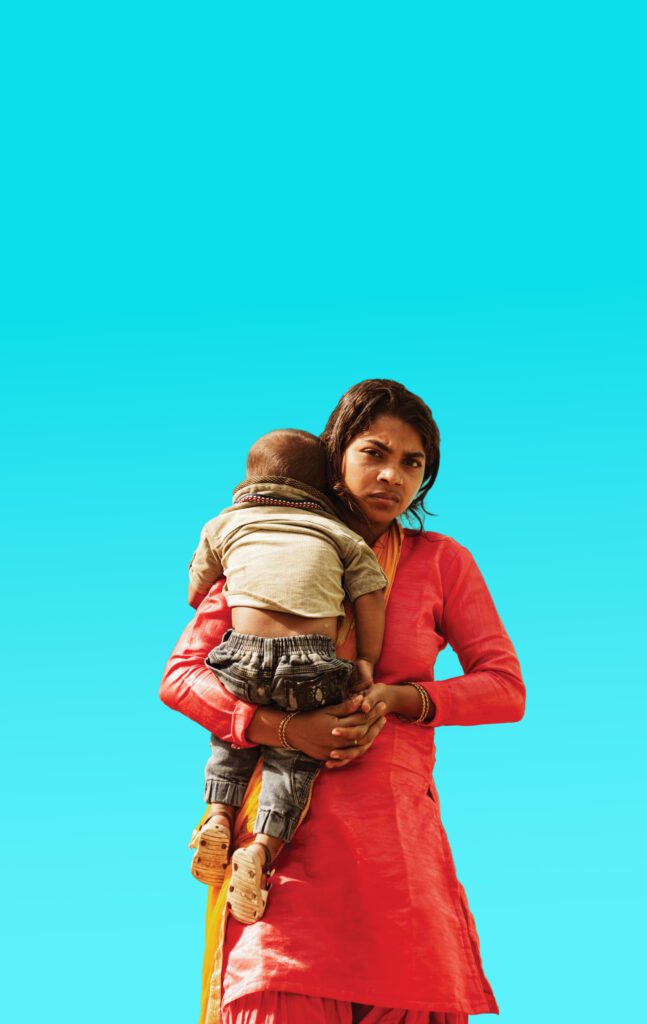
When “everything is on the table” in budget battles, does that include the truth? Or our principles?
Massachusetts has long had a reputation for being one of the most liberal states in the nation. So over the weekend, when I posted the Boston Globe’s front page story about Democratic Governor Duval Patrick’s proposal to cut 20% of state funding from the Women, Infants and Children’s program of supplemental nutritional assistance, the response on my Facebook page was swift and biting: “disgusting, disgraceful”, “sickening”, “is there any humanity left among politicians?” (The Globe story is @ http://articles.boston.com/2011-04-16/news/29425689_1_wic-cuts-budget-gap
State officials made the usual excuses about having no choice but to make the cuts because of the state’s budget cuts – an argument consistent with the prevailing national view that when it comes to eliminating deficits everything should be on the table. But fortunately facts are stubborn things and they are finally beginning to emerge. Because it turns out that not everything is on the table in budget debates that have been mostly one-dimensional. As the New York Times explains in its lead editorial this morning about last week’s House passage of Budget Committee Chairman Ryan’s budget cutting proposal: “Fully two thirds of his $4.3 trillion in budget cuts would come from low-income programs.”
Here are some additional facts courtesy of the Center on Budget and Policy Priorities:
The House-passed budget would cut SNAP funding by $127 billion or 20%. This could cut as many as 8 million people from the program. It is an amount equal to the funding projected to go to the 30 smallest states over a ten year period.
Three-quarters of SNAP participants are in families with children; one-third are in households that include senior citizens or people with disabilities.
Eighty-six percent of SNAP households have incomes below the poverty line (about $22,350 for a family of four in 2011). Such households receive 93 percent of SNAP benefits. Two of every five SNAP households have incomes below half the poverty line.
SNAP lifted 4.6 million Americans above the poverty line in 2009, including 2.1 million children and 200,000 seniors. No benefit program kept more children from falling below half the poverty line in 2009 than SNAP — 1.1 million
The House budget cuts spending by an amount almost identical to the amount needed to pay for its proposed tax cuts (as opposed to deficit reduction). So when politicians say that everything must “be on the table” when it comes to balancing the budget, one might ask: Even the truth? Even our principles?


